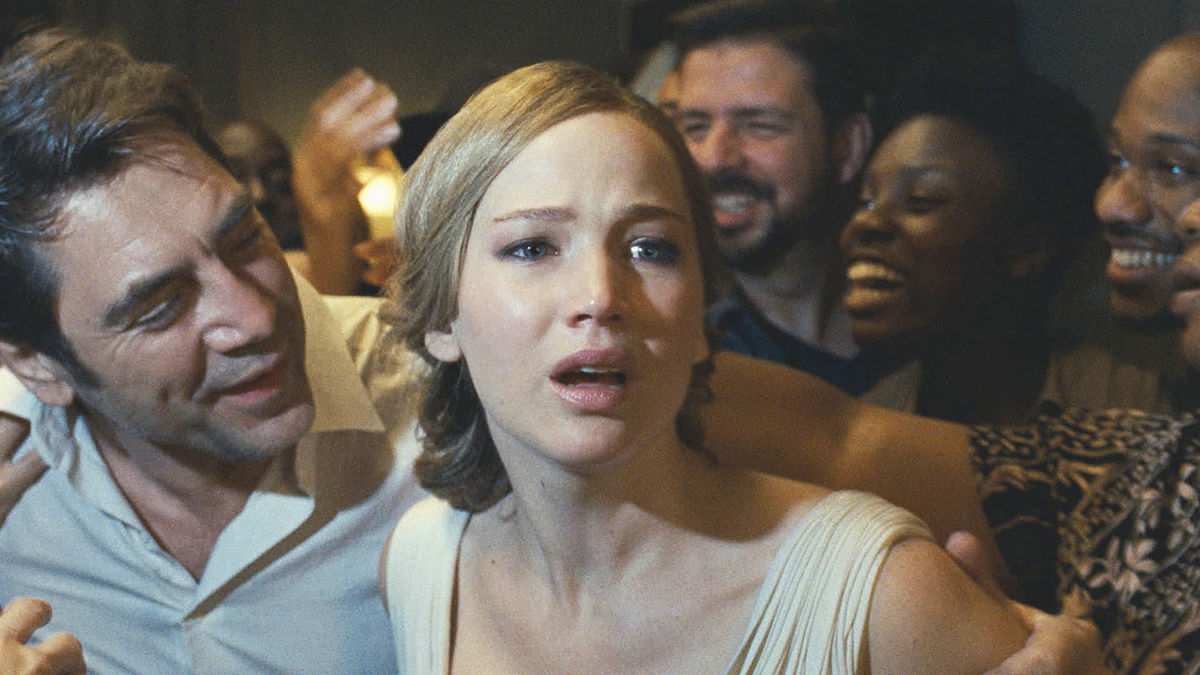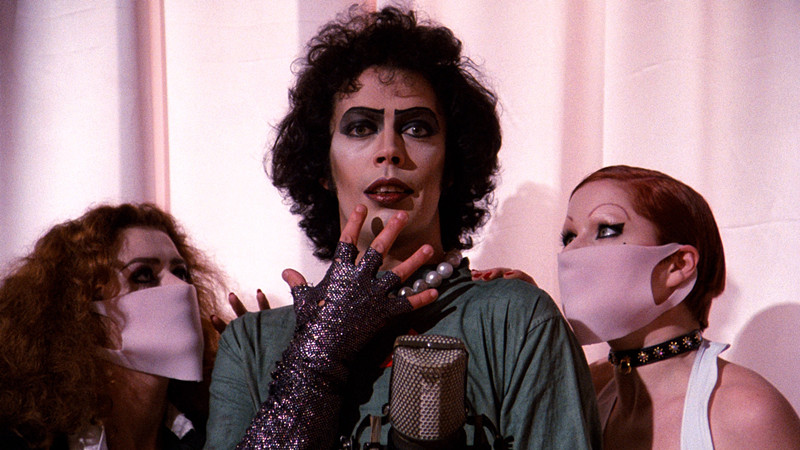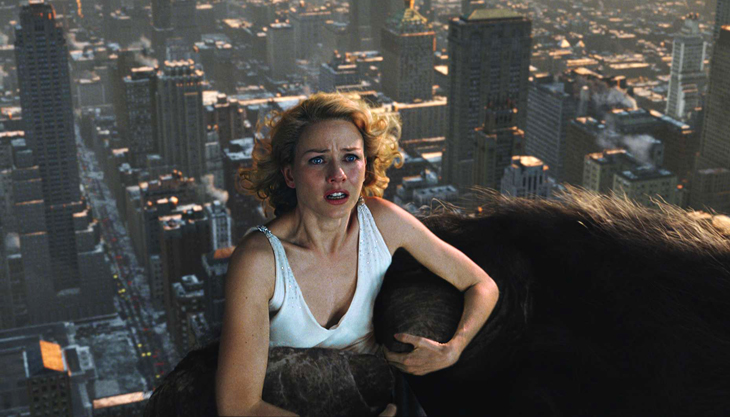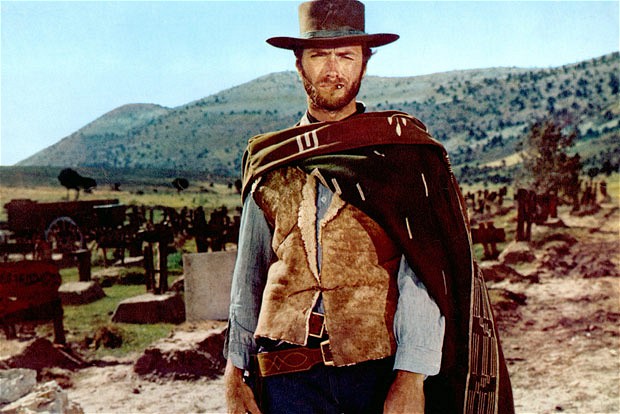
Critics are a strange beast in the cinematic world. They are usually respected, but also bring with them a sense of negativity. In other words, we feel in awe of their role of “opinion deciders” but also dislike the fact that they are given the power of swaying our opinions.
This process is mostly unconscious: we like to think that we always make our opinions for ourselves and in total independence, but we have to admit that knowing that the critics are liking or disliking a new release actually influences us (at least until we see the film and internalize our idea on it).
There’s nothing wrong with that, it is simply a leap of faith based on the fact that if a critic has reached his position it means he has the knowledge and intelligence to talk about cinema knowingly.
Still, most critics are tasked with the difficult position of reviewing a movie when it has just been released, which means they have no way of knowing what kind of impression that film can leave on the public or in the history of cinema. They have to guess, and they are often right, but sometimes a film comes that is almost universally liked or disliked by the critics, and with time turns out to be deserving of the exact opposite reaction.
This list does not look simply on the films that critics got wrong, but a sub-genre of this group, consisting of those films that the public actually understood better than the reviewers themselves. The audience is usually portrayed as a silent and mostly dumb force, only valuable in box-office terms.
This list proves that sometimes the audience is actually one or two steps ahead of the experts, and can “get” a film in a much more meaningful way than those who are paid to analyze them.
10. Star Wars – The Last Jedi

What is the most divisive commercial movie from the 2010s? Episode VIII of the Star Wars saga may be the right answer. Just to discuss the film has become a tiring feat (and putting it in this list is also an hard choice), since it has created an enormous rift between movie fans of every sort.
What we mean is that simply reviewing and analyzing The Last Jedi is a divisive matter, especially after a vast number of internet trolls were revealed to be behind some of the movie’s harshest attacks.
This situation puts reviewers, as well as movie fans wanting to express their opinion, in a particular situation similar to the one occurred with the Ghostbuster reboot: if one wants to criticize the film, he risks to be seen as one of the trolls or one of the misogynistic retrogrades who hated these films for the wrong reasons (i.e: the presence of women at the center of the story).
The Last Jedi has been torn apart by fanatics who could not conceive a different kind of Star Wars movie, and they should not even be considered. But the debate around these fanatics has put in second place a more complicated truth: a large part of the public hated The Last Jedi because it simply is not good enough.
The critics raved for it but a large part of the audience saw it for what it really is: an uneven mess. While the critics focused on the undoubtedly original approach of director Rian Johnson, the audience focused on the shaky structure, the forced humor, and the uninteresting characterization.
One objection could be made to The Last Jedi’s presence in this list: the film grossed 1,3 billion dollars. Unfortunately, the box office numbers of a saga like Star Wars mean very little: its cult following is so vast throughout the world that a billion dollars is the minimum it can gross. The satisfaction of the viewers is another matter.
9. Predator

The original Predator from 1987 came out when commercial cinema was often still viewed as a less important form of filmmaking, which it is in some way; yet, in recent years a deeper way of understanding it has surfaced. It has been recognized, for example, that straight-up action movies sometimes have artistic value, especially if they are made from a well-thought and original screenplay, and if the director proves to be more than a tool used by the studio.
Predator is a good example of how time benefits certain commercial movies and shows them to be more than just enjoyable: sometimes they are praise-worthy pieces of work. The critics dismissed Predator as a thoughtless Hollywood blockbuster, and treated it as plainly average.
The public gave it a chance and rewarded it with the number 1 spot on the box-office and a considerable success. Later reviews finally understood how Predator was more than an action flick, since it somehow works as a parody or critique of certain action tropes by exaggerating them, and brings an undeniable value with it.
8. The Rocky Horror Picture Show

The Rocky Horror Picture Show is such a peculiar phenomenon that it probably stands as a completely unique case in cinema history. The enormous notoriety of the picture was not a result of enthusiastic reviews, or an immediate success with the public; it actually came when a literal cult following developed around it.
The audience fell in love with the weirdness and originality of the film, and starting from New York masses of people took part in collective viewings which required a somewhat active role from the audience (this role would eventually be canonized as well, with rituals that are supposed to take place every time a showing of The Rocky Horror Picture Show happens).
Naturally the critics were late in understanding the true power of the film: they were understandably stopped short from loving it due to its clear lack of a purely cinematic value. What they later understood was that the film was an unstoppable force of hedonistic energy and that this energy simply put the technical defects in second place. The audience(s) got it, and felt it, long before them.
7. King Kong (2005)

The success of The Lord of the Rings put Peter Jackson in a sweet spot: he proved that he had a great artistic vision and craftsmanship, and that he managed to combine his vision with a taste for the entertaining and the spectacular.
In other words, he showed the world he was an auteur who could make extremely successful blockbusters. He was free to choose whichever project he wanted as a follow-up to the Tolkien Trilogy, and he predictably went for a passion project of his, as every director usually does after his or her big breakthrough.
A remake of King Kong seemed like the perfect idea: Jackson was extremely fascinated by the original 1933 masterpiece, and felt like the story had the right mixture of emotion and adventure.
The film was not a commercial failure in any way, since it doubled its original budget, but even if it was not a box office bomb, it was still pretty disappointing, considering the gigantic amount of money that the Lord of the Rings had made. This was probably caused by the lukewarm reception of the public, which was in stark contrast to the enthusiasm from the critics. Unfortunately for Jackson, the public was right to be disappointed: the film is dull and overstuffed.
Its pretentiousness could have been acceptable, had the action sequences or the emotional core of the movie been convincing (neither was). Perhaps blinded by the ambitious scope of the film, the critics reviewed King Kong positively, but the audience had figured out that its weak points were too many.
6. The Good the Bad and the Ugly

Sergio Leone is the man behind some of the most iconic movies ever made. He is mainly associated with the western genre (more specifically, the spaghetti western one) and the epic mob movie Once Upon a Time in America, but his influence transcends the genre of his films. He forged unforgettable images and atmospheres, with the help of Ennio Morricone’s scores. He is widely recognized by audiences and critics alike as a true master, but, as it could be guessed, his success was not immediate. While the public soon fell in love with Leone’s unique take on the western tropes, the critics were resistant to accept it.
The Good, the Bad and the Ugly (1966) is a good example of this phenomenon: while audiences filled the theaters, critics were describing it as dull, and dismissing it as as an average b-movie. What they did not get was how impressive the peculiar rhythm of the film was, and how the film transcended its genre to become a marvelous work of art in itself. Who was right, audience or public? Just ask all the great directors who have been deeply influenced by Leone.